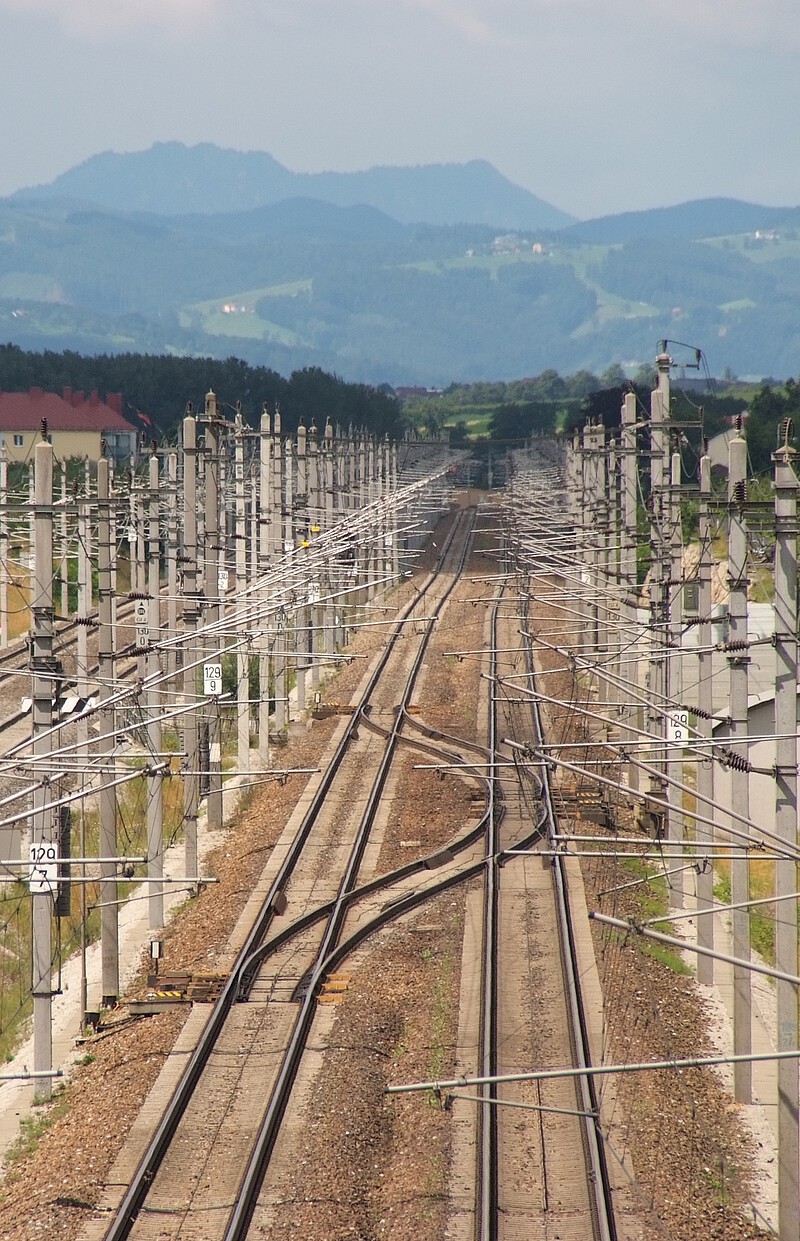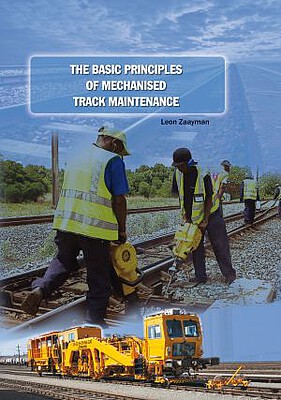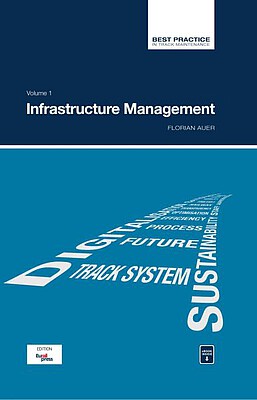Basics of the turnout
The passing points of shipping in a channel gave the current day points (or turnouts) their name[1]. As early as the 18th century, turnouts were used in the first mine railways in England. They enabled trains to switch between different tracks without interruption of the journey. This distinguishes turnouts from other special designs like, for example, traversers or turntables. Only after an interruption of the journey do these allow a change of track.
In 1797, John Kurr[2] described for the first time the design of an adjustable tongue. The tongue turnout has remained to this day the most commonly used form of turnout in Europe. Basically, turnouts consist of three main parts[3]:
- switch rail device
- intermediate rail part
- crossing with check rails and running rail
Turnouts raise the capacity of a railway system. They form the basis for an efficient operation and the requirement for network building. However, because of their design, turnouts are subject to a special dynamic stress. The interruption of the wheelset guidance in certain areas of the turnout leads to significantly higher forces. This is particularly true in the transitions between tongue and stock rail as well as wing rail and crossing. Although new designs such as swing nose crossings compensate for this phenomenon, turnouts are subject to significantly higher stresses than main line track. The higher stress is reflected, among other things, in significant lower useful lives and higher maintenance costs.
The high investment costs and expenses involved in the maintenance of turnouts lead to the fact that the installation of turnouts needs to be carefully checked. The value of the turnouts compared with the cost of the complete track is about 20 % in Central Europe. Just for the investment, an average simple turnout (EW500) costs the same as half a kilometre of main line. The conscientious and precise maintenance of the turnout is, therefore, decisive to guarantee the desired service life of the equipment and to ensure the safe operation of the plant.
In spite of the many different copies, it is possible to distinguish turnouts in terms of their basic form:
- simple turnout
- curved turnout
- double turnout
- crossing
- diamond crossing with slips
In the case of simple turnouts, a distinction is made between the weakly curved main line and the sharply curved branch line. In the case of a curved turnout it is often the branch which has the greater traffic that is considered the main line.
In principle, it is possible to negotiate a turnout in both directions.
The established designation of a turnout identifies all relevant track technical components of a turnout and describes its operational characteristics:
EW-60-760-1:18-r-Fz-B
EW … Type of turnout
60 … Shape of rail
760 … Radius of branch
1:18.5 … Inclination of the turnout
r … Direction of branch line
Fz … Type of tongue
B … Type of sleeper
You can find suitable specialist literature about the topic here:
The Basic Principles of Mechanised Track Maintenance
This book is dedicated to the many people involved in the day to day planning and performance of track maintenance activities. Providing a practical approach to everyday challenges in mechanised track maintenance, it is not just intended as a theoretical approach to the track system.
Railways aim at transporting people and freight safely, rapidly, regularly, comfortably and on time from one place to another. This book is directed to track infrastructure departments contributing to the above objective by ensuring the track infrastructure’s reliability, availability, maintainability and safety – denoted by the acronym RAMS. Regular, effective and affordable track maintenance enable RAMS to be achieved.
Best Practice in Track Maintenance, Vol 1 - Infrastructure Management
Infrastructure Management Volume 1 looks at aspects of infrastructure management with particular reference to the single European railway area. Based on best-practice examples from Central Europe, measures for the targeted retrofitting and improvement of the infrastructure maintenance of the existing network are presented. In many cases, infrastructure operators are faced with a generational change, which accelerates the process. Modern information and communication technology can simplify the comprehension and presentation of complex contexts. Modified approaches to asset management and life-cycle management enable implementation of the "transparent permanent way" or the "railway 4.0".




